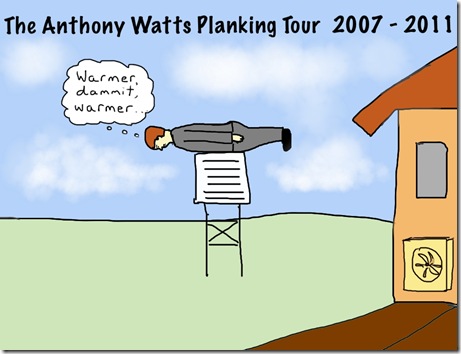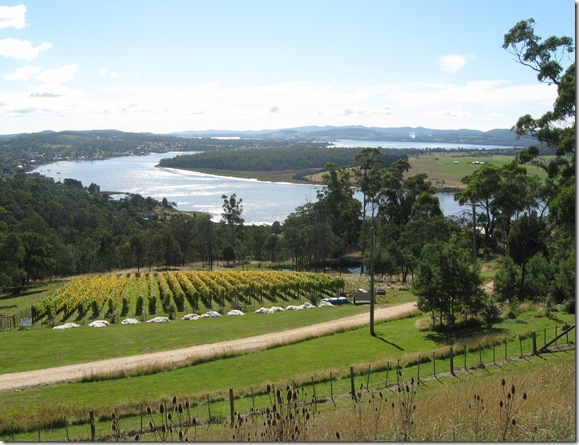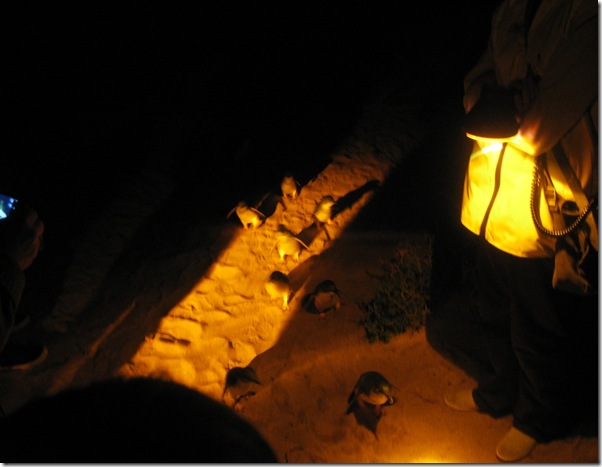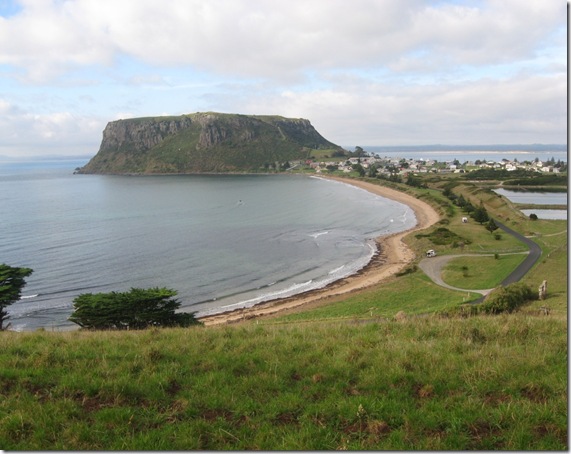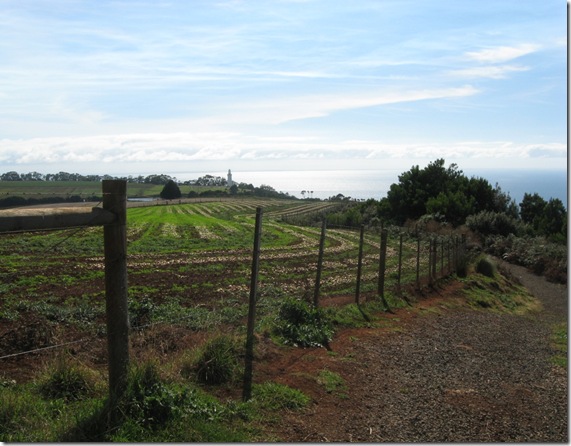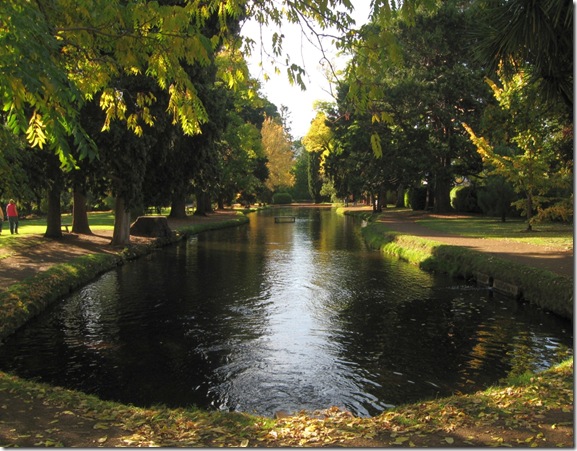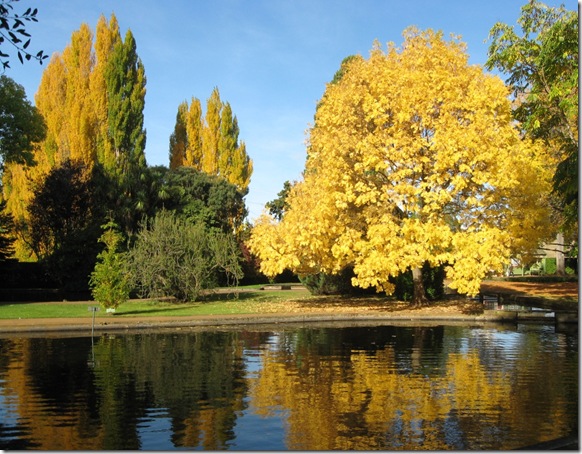I mentioned recently that I'm reading a biography of
Herbert Dyce Murphy, the Australian Antarctic explorer (well, he was on the Mawson expedition) who seems to have led an unusual life.
Before he was off to the Antarctic, he had several whaling and other trips through Arctic waters. No doubt, it's reading about this that has caused me to have dreams lately about visiting towns in spectacular Arctic settings.
Which has led me to releasing while awake that I know next to nothing about what's in the Arctic circle, and whether it does have any decent towns or cities in scenic locations.
So, first stop, to refresh my memory of how the Arctic Circle is even defined, it's
off to Wikipedia. It's more complicated that I thought:
The Arctic Circle marks the southern extremity of the polar day (24-hour sunlit day, often referred to as the "midnight sun") and polar night (24-hour sunless night). North of the Arctic Circle, the sun is above the horizon for 24 continuous hours at least once per year and below the horizon for 24 continuous hours at least once per year. On the Arctic Circle those events occur, in principle, exactly once per year, at the June and December solstices, respectively....
The position of the Arctic Circle is not fixed, but directly depends on the Earth's axial tilt, which fluctuates within a margin of 2° over a 40,000 year period,[2] notably due to tidal forces resulting from the orbit of the Moon. The Arctic Circle is currently drifting northwards at a speed of about 15 m (49 ft) per year, see Circle of latitude for more information.
It's creeping away from me as I write.
Anyhow, there is lot more land within the Arctic Circle than I would have guessed:

I didn't realise so much of Greenland was within it, or quite that much of Russia either.
So, how do I find a nice town inside the Arctic Circle? Googling around led me first to the Canadian town of Inuvik. However, this photo from the
town's home page, indicates that it hardly counts as Paris of the North:

(And make sure you don't miss the Inuvik Petroleum Show that's on in June.)
What other towns or cities are up there?
Yahoo Answers indicates that the three biggest cities inside the circle are Russian, and the largest is Murmansk. Yes, I've heard of it, but what's it look like?:

Well, no one holds high hopes for Russian cities looking good, do they? But maybe I am being unfair. That glossy magazine Monocle, which I've occasionally looked at in the newsagency and wondered who on Earth it is aimed at,
has a short slideshow and commentary about the city, which is kind of interesting. A little sadly, you will also see that new shopping centres in far flung Arctic Circle Russia look exactly like what's been built down the road from you:

So, what about Norway?
Yahoo Answers says Tromsø is pretty big - 62,000 people. And look - it's
where Joanna Lumley went to see the Northern Lights in that nice documentary she made a couple of years ago. So, some photos please:



Wow. It looks a little bit like Hobart, but with more mountains, snow and wackier architecture. (OK, maybe it's just the bridge that reminds me of Hobart.)
According to
Wikipedia:
In the 19th century, Tromsø was known as the "Paris of the North", probably because people in Tromsø appeared as far more civilized than expected to foreign tourists.
Mind you, it's a very chilly Paris of the North. According to a table on the Wikipedia page, the average maximum temperatures in December, January, February and March are all below freezing. (-2.2 in January.) Despite this, the main street, when you can see not under snow, looks quite normal in a quaint European way:

But, once again, this post proves, if nothing else, that new shopping centres, even in the Arctic Circle, look like every other new shopping centre in the world:

(I am distressed to see that they suffer from Giant Face Poster syndrome, as do some of our shopping centres, as I have
noted in the past.)
Well, that's it. I'd say for towns in the Arctic Circle, Norway, and Tromsø in particular, is the place to go. Especially in September this year, when
Roxette will be touring there. (Isn't the internet grand? There's not much else to be found by Googling for blogs about Tromsø, except to learn that there was an
Italian uni student who went there to study* in 2007, made 6 posts about the women, the nightclubs, the drinking, and the free condoms everywhere, and that's it for his blog. I wonder if ever left.)
Of course, winning Lotto is the only foreseeable way of actual making the trip within the next 8 years. Either that or sudden exotic benevolence of a secret billionaire from my vast readership. (OK, it's Lotto or nothing, I know.)
So, that's it for my Arctic dreams. I should go finish the book.
* This strikes me as a particularly unusual place to go to university, but indeed, it does have a large university:
The University of Tromsø with 6.500 students and 1.700 staff members is the northernmost university in the world and one of 6 universities in Norway. It offers a broad range of subject fields in six faculties/schools with studies in humanities, social sciences, natural sciences/mathematics/statistics/informatics, law, medical sciences and fisheries science. All the main subject areas are offered at Bachelor's, Master's and PhD level. The prioritised research subject fields are mainly related to the Arctic and subarctic regions; Northern Light and space research, fisheries research, biotechnology, multicultural societies, indigenous studies, community medicine, theoretical linguistics, among others.









